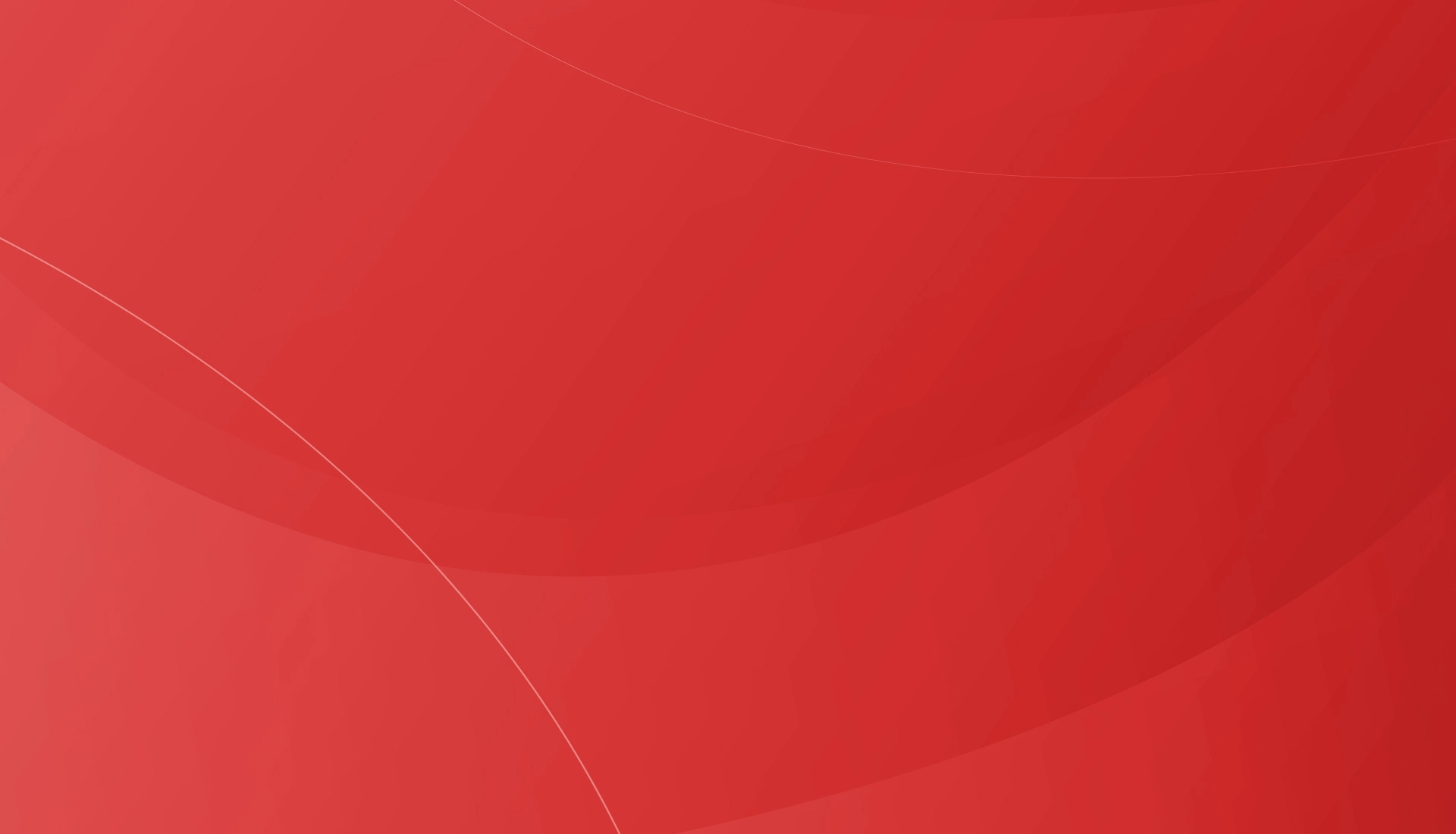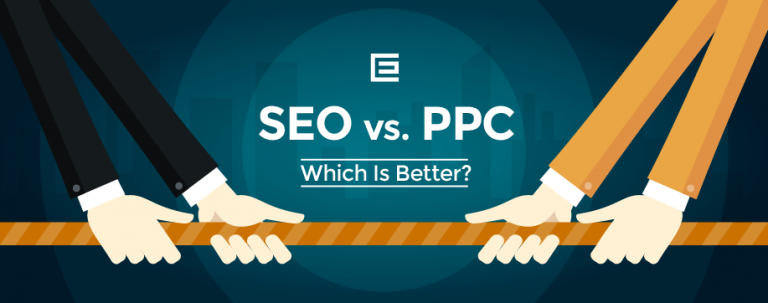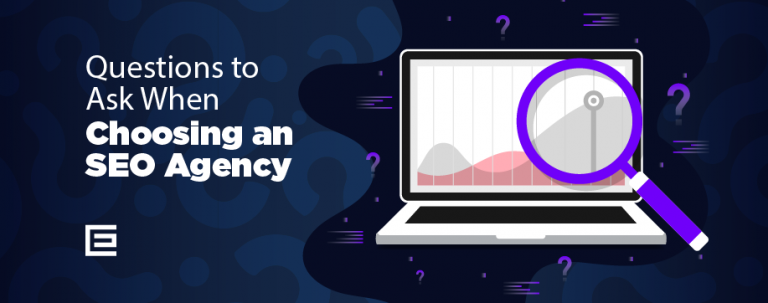Text is not the only element that can boost your SEO. Adding images to your web design and blog posts not only add to the visual appeal but can also improve your SEO ranking.
Don’t underestimate the power of an image. It is one of the most powerful website optimization tools available to a website owner. All you need is the right keyword targeting and your images can go from a simple visual representation of your writing to an integral part of how Google sees and ranks your content.
If you’re not sure how to get started, here are seven helpful image optimization tips for businesses:
SEO Tips for Image Optimization
1. Choose a Relevant & Unique Image
Don’t bring down your relevant content with an image that has nothing to do with what you’re talking about. Having a relevant image is a signal to Google that your content is worthy of being read, shared, and displayed on its search engine. Images are now capable of being analyzed by Google in a similar way to the content itself. This is why it deserves just as much attention.
You also don’t want to use all stock photos. You want your images to stick out and be memorable. Even if you optimize your stock images, they won’t have the same impact or SEO benefits as an original, high-quality image.
2. Don’t Overlook Image Titles
While the concept of using image titles as opportunities for optimization has been around for nearly as long as the SEO industry, many marketers and site administrators often overlook it. They think Google doesn’t pay attention. In reality, it does.
Here’s an example:
If you’re writing a blog post about the USS North Carolina, and you have an image of the North Carolina that you took on a visit, make sure that the image title is “USS North Carolina A Turret” instead of “DSC100001010_2017_04_01” or whatever the camera named it. This will make a difference when it comes to SEO.
3. Use Alt Tags
Alt tags have been around for SEO image optimization for as long as SEO has been a concept, as they were introduced with HTML 2 in 1995. These tags still serve a purpose, both for usability and pure SEO image optimization. Alt tags are still used for site crawlers and readers for the blind and can be seen by the spiders Google uses to calculate its rankings.
But don’t think you’re going to get away with stuffing your alt tags with keywords. Google has caught on! While this used to be one of the primary ways to optimize an old site, Google will now punish your site and possibly destroy your rankings if you do this.
Alt tags should be descriptive and not have more than one or two keywords. To use the examples above, an alt tag for an SEO image would be something like “The battleship USS North Carolina’s three 16-inch rifles in the A turret.” This tag is a verbal representation of the picture while still having your keyword, the golden combination of optimizing for Google and optimizing for people.
4. Don’t Forget Keywords and Five Stars
Image keywords and ratings have almost been forgotten when it comes to SEO. If you can keep them in mind, it will help you in the long run. It’s not hard to do. These can be accessed by right-clicking on an image within its folder. Go to “Properties”, and then “Details”. Under this tab, you will see not only your Title and Alt options, but you will also see two sections called “Rating” and “Tags”. These are easily accessible SEO image optimization options that most people will not bother filling out.
The most efficient way to fill these out is to write a list of keywords (separated by commas) out in either a notepad document or a word document and use the relevant keywords for that image. This means that you won’t have to spend time individually typing out keywords over and over again. It saves time and helps in the SEO department so it’s a win-win all around.
5. Image Size Optimization
Website load speed is an incredibly important aspect of usability, ranking, and even conversion rate. Amazon did a study that found that one second of extra loading time lost them $1.6 billion a year. While chances are that your site is not as large as Amazon, not only will it lose you users, but Google does also consider page load speeds in its ranking algorithm. This is why paying attention to keeping your images to an optimal size is vital.
The main image formats used online these days are WebP, PNG and JPG. Each has its pros and cons. WebP is the newest image format, and provides a superior lossless AND lossy compression. This means you can create smaller and more detailed images load faster than a traditional PNG or JPG file. Lossless file types mean that you will not lose quality when saving or viewing the image. PNGs are lossless. JPGs are lossy. Our best practice at this point in time is to utilize WebP images, though PNG and JPG files still work well if you do not have concerns over large file sizes.
An easy way to test your site’s speed is Google’s tool. This tool will tell you where you should focus your optimization efforts. It will also give you an idea of the images that you need to compress to raise your site’s speed.
6. Make Your Images Mobile-Friendly
Since more people are doing searches on their mobile devices, you want to make sure your images are mobile-friendly. Images should scale with the size of the site whether it’s a desktop or smartphone. By paying attention to the size attributes, you can assure that your images will adjust to the size of the device.
7. Don’t Hide Your Text with Images
Hiding text with images is a big mistake that comes with penalties. While you may want to use an image instead of a first-page header, it should be avoided. If you really want to do this, be sure to label the image appropriately to get the SEO benefits of an optimized image.
SEO Optimize Your Images Like a Pro
The best part about all of these optimization tips and tricks is that they’re entirely free and require no advanced knowledge other than your own desired keywords and a willingness to get everything on your site polished and optimized. Just like many other aspects of SEO, the real magic is knowledge, perseverance, and dedication.
Making sure that all of your images are both keyword optimized and load-time optimized is an easy way to boost your rankings and help put your website in front of your ideal customers. If you would like to learn how TheeDigital used these and other optimization strategies to create a 970% increase in web traffic, check out our trailer company case study!

Contact Us!
As a business owner, you already have a lot on your plate, so consider hiring an experienced web design and SEO agency like TheeDigital. We can create a professional-looking website for you that is search engine friendly and easy to manage. Contact our award-winning web designers and internet marketing professionals in Raleigh, NC at 919-341-8901 or fill out the form below.
Fields marked with an asterisk (*) are required.
Your information is collected for the sole purpose of providing services described on this website.
Your private information is held in strict confidence. We will never release, share or sell your information to any other entities. We hate spam too!

